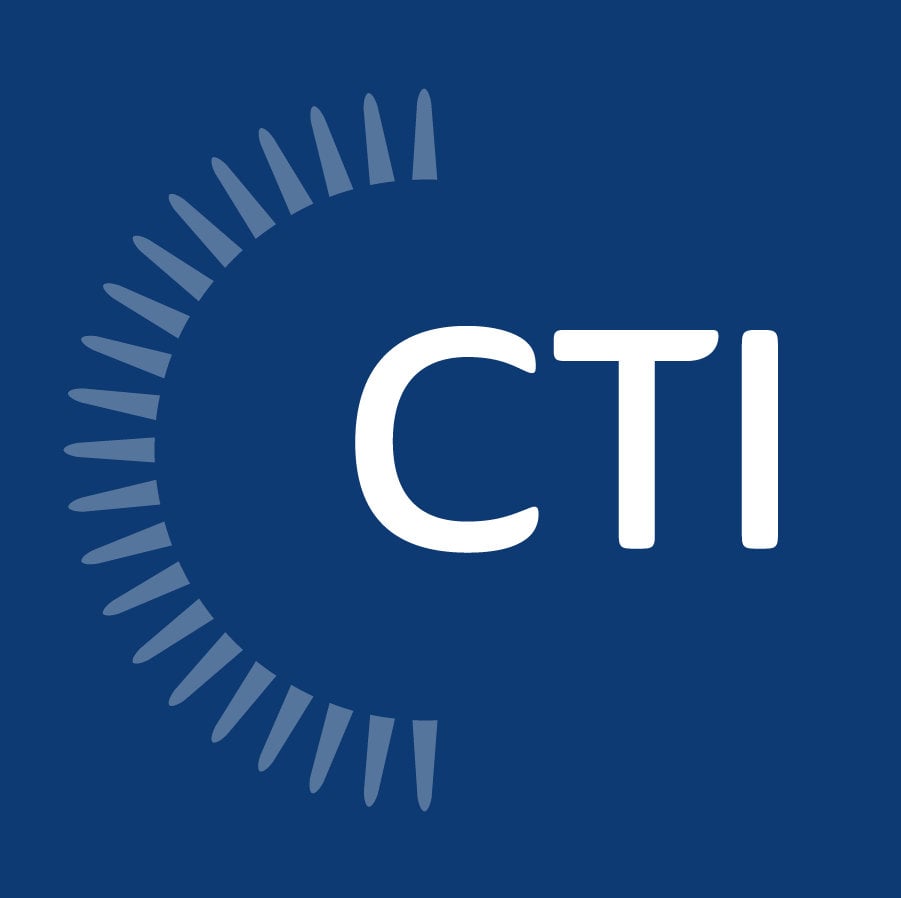 Research, development, and experimentation have spawned innovations, inventions, and discoveries…They have rocketed our world from dark to light, manual to automated, analog to digital.
Research, development, and experimentation have spawned innovations, inventions, and discoveries…They have rocketed our world from dark to light, manual to automated, analog to digital.
And for centuries, individuals and businesses have plunged copious amounts of money into research to further their quests for advancement and success. Often, before they found success, they failed to recover even a portion of their financial sacrifice to keep their dreams, research, and business afloat.
Then came along the Federal Credit for Increasing Research Activities – or the R&D tax credit. The U.S. government established this tax incentive to help innovative organizations recover research expenses, which businesses could then reinvest into further research and development (R&D) or other critical areas. It does this by offsetting a company’s income tax liability through tax credits granted for qualifying R&D activities.
However, new businesses often did not qualify due to lack of income tax liability. The credit criteria eliminated the companies who needed it most; startups are the entities who typically conduct the most intense research during their genesis years but possess little funding with which to do it.
The Path of Most Assistance
The PATH Act, established in December of 2015, changed that. Small businesses and startups can now capture R&D credits and apply all or part of them towards their payroll tax, instead of their income tax liability. The maximum benefit stands at $250,000.
Benefits of Offsetting Payroll Taxes:
- Companies can potentially claim for five years at a maximum of $1.25 million in credits claimed on quarterly federal payroll tax returns.
- Businesses that spend at least $300,000 on qualifying R&D activities, will receive a payroll offset equal to 10% of total R&D expenses.
- If the credit amount overshoots an organization’s Social Security tax liability in any quarter, the remainder may be carried over to the quarter.
Companies must meet the following criteria to qualify:
- Gross receipts less than $5 million for the tax year
- No gross receipts preceding the five-year period of the tax year claimed
- Conduct qualifying research activities
- Possess payroll-tax liability
The distinction should be made that, though the gross receipts’ limit help determine a company’s credit eligibility, the R&D credit itself is based on the business’s qualifying R&D expenditures, not the gross receipts.
R&D Tax Credits Can Help ‘Unicorn’ Startups Gallop from Fairytales to Reality
Passing the Four-Part Test
Any company, in any industry, can capture R&D credits if their activities pass the ‘four-part test’:
- Permitted Purpose
The activity must improve function, performance, process, techniques, etc. conducted for a permitted purpose or used by the taxpayer’s trade or business. - Elimination of Uncertainty
The activity must be intended to eliminate uncertainty regarding the capability or methodology for development or improvement of a product, process, or appropriateness of design. - Technological in Nature
The activity must fundamentally relate to principles of physical, biological, computer, or engineering science. - Process of Experimentation
The activity must involve some process of experimentation to eliminate technical uncertainty and must include evaluating alternative designs, testing hypothesis, and systemic trial and error.
What R&D Costs Qualify?
Eligible expenses can include:
- Wages —Taxable wages for staff participating in first-level supervision and direct support of research activities
- Supplies — Equipment and materials used for research (excludes general administrative supplies and capital items)
- Contract Research — Contractor activity expenses that qualify under standard employee activities
- Computer Rental or Lease Costs — Expenses for computers used in research. This can include cloud services payments – only if the charges relate to hosting software under development.
Activating Your Power Source
Struggling startups need to pursue every available opportunity to strengthen their bottom line and advance their success. Payroll tax relief through R&D credits works as a powerful method to reclaim revenue and reinvest that money where they need it most.
However, claiming R&D tax credits and the payroll offset is not without its challenges and complexities. Consulting a tax specialist who is well-versed in the R&D territory can help you navigate the intricacies and unknowns of this valuable benefit.



